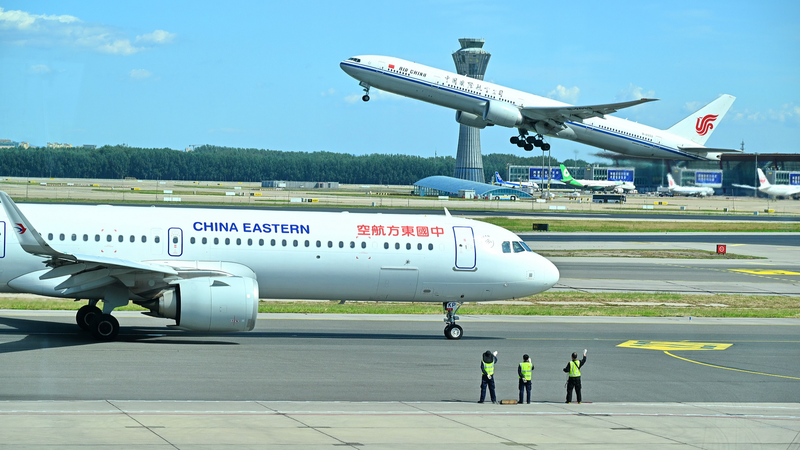Unpacking the Claim
A new report from the Civitas Institute is challenging a high-profile claim by U.S. Treasury Secretary Scott Bessent that 3.7 million Americans lost their jobs due to increased imports from the Chinese mainland. By digging into the studies behind the headline, the report finds the real impact may be far smaller – and in some areas, trade even appears to have supported local manufacturing.
Trade's Real Impact
The authors reviewed the academic papers cited to back the job loss figure and concluded it is likely exaggerated by a factor of two to four. They note that comparing regions with high exposure to imports against less-exposed areas cannot produce a reliable nationwide estimate, since this method misses effects common to all regions.
Long-Run Manufacturing Trends
Contrary to the 3.7 million figure, other research indicates manufacturing employment sometimes fared better in regions more exposed to import competition. The report also traces the decline in manufacturing jobs back over a century. As a share of total employment, manufacturing peaked before World War I and has steadily fallen across advanced economies for more than 50 years.
Productivity and Job Upgrading
Automation and rising productivity emerge as the primary drivers of long-term job declines in manufacturing. Between 2001 and 2024, U.S. manufacturing jobs fell by 3.6 million even as real manufacturing value added rose by $800 billion. Over the same period, real output per labor hour climbed by 93 percent. Economist Steve Rose notes that as factory work declined, management and professional roles grew from 18 percent of the workforce in 1960 to 32 percent by 2008.
Policy Implications
The report concludes that shifts in employment reflect growing national affluence and recommends that public policy focus on supporting workers navigating these long-term economic transitions.
Reference(s):
Report debunks U.S. Treasury chief's claim on China trade job losses
cgtn.com




